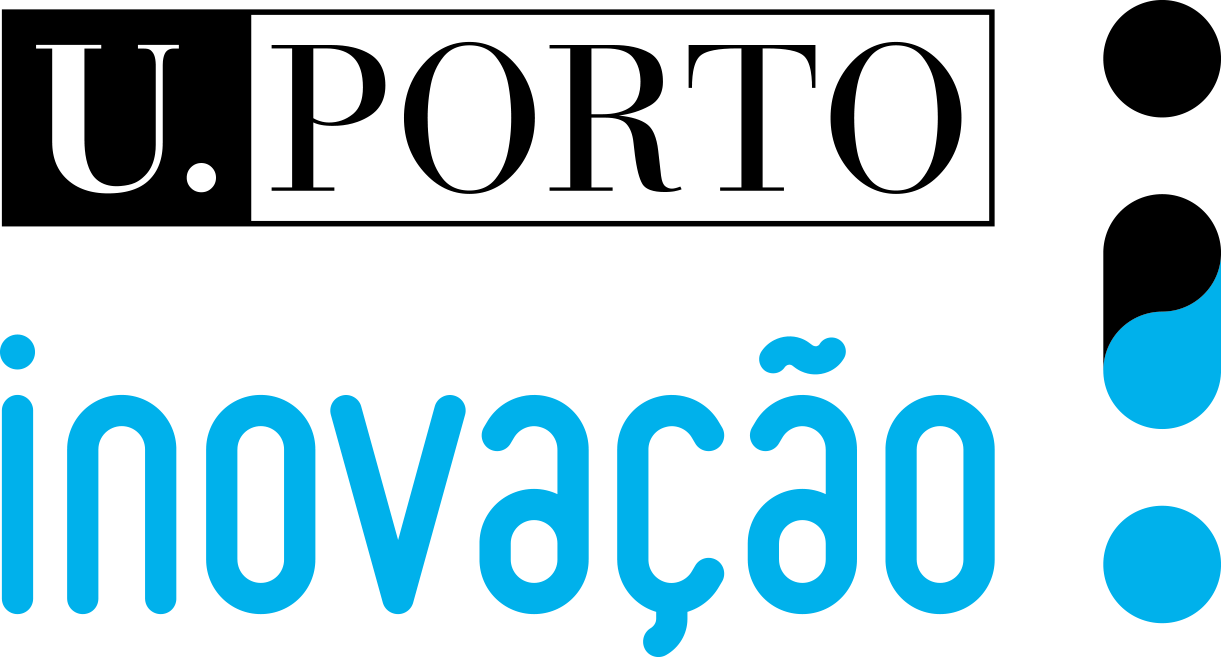
High-density environments, such as stadiums, arenas, concert halls, and museums, represent a challenge to the deployment of mobile solutions. In particular, highly interactive mobile applications, such as live streaming, cannot be properly handled by current approaches without a substantial investment in infrastructure. IRIS is a solution to improve live streaming on highly dense environments, expanding wireless coverage through the crowdsourcing of mobile devices in a reliable and secure manner.
The wireless coverage in high-density scenarios is provided through the deployment of several access points complemented with a distributed antenna array (DAS). However, for highly interactive mobile applications, especially regarding live video streaming, these hardware infrastructures are not enough. The increasing demand
for lower latency while sustaining more bandwidth, as a way to avoid single-point-of-failure has led to a renewed interest on edge computing, in particular, the use of crowdsourcing of mobile devices to cooperatively offload and extend current wireless infrastructures, without requiring any modification to software and hardware stacks.
IRIS expands the wireless coverage in high-density environments and it can easily create alternative networking options in scenarios where traditional infrastructures are limited, unavailable or commercial nonviable, reducing the costs associated with wireless infrastructures. This technology does not require any modifications to software or hardware stacks.
IRIS improves the actual state-of-art by offering:
1) Modular Architectural Design – uses edge clouds to support live multicast streaming;
2) Full Implementation – is a system ready to be implemented, including both certificates authority: OpenSSL infrastructure and trusted server;
3) Multi-Path Scheduling – through the composition of sub-schedulers that can potentially retransmit outstanding packets for a particular communication path;
4) Adjustable AL-FEC with Pocket Interleaving – has a new FEC (Forward Error Correction) mechanism that makes use of transmission interleave to increase AL-FEC (Application Level Forward Error Correction) decoding efficiency;
5) Efficient Client Reports – all devices connected to an AP (Access Points) must have conservative use of upstream bandwidth
6) Security and Integrity – uses a public key infrastructure as the basis of their secure infrastructure;
7) Edge Cloud Offloading – the crowdsource of the mobile phones supports the offloading process, using for that Bluetooth, Wi-Fi TDLS and Wi-Fi direct;
IRIS results in a product composed of a scalable backend and a Software Development Kit (SDK) for Android and iOS to allow third party integrations and it will allow organizations to improve their wireless infrastructure, thus improving the live streaming service. The solution does not need any infrastructure change, except the support for multicast over WiFI, which is supported by current network providers.
While it focuses on live streaming, IRIS can potentially be applied to Video-on-demand (VoD). It can be integrated with mainstream live streaming services, on the last mile of IPTV distribution. Another potential application is streaming handover, similar to casting, between multi-platforms. More specifically, a streaming can be playing on a mobile device and “slinged” to a TV (like a suite in a stadium), and viceversa. The stream session would be moved seamlessly between platforms. This could be applied to both live streaming and VoD.






